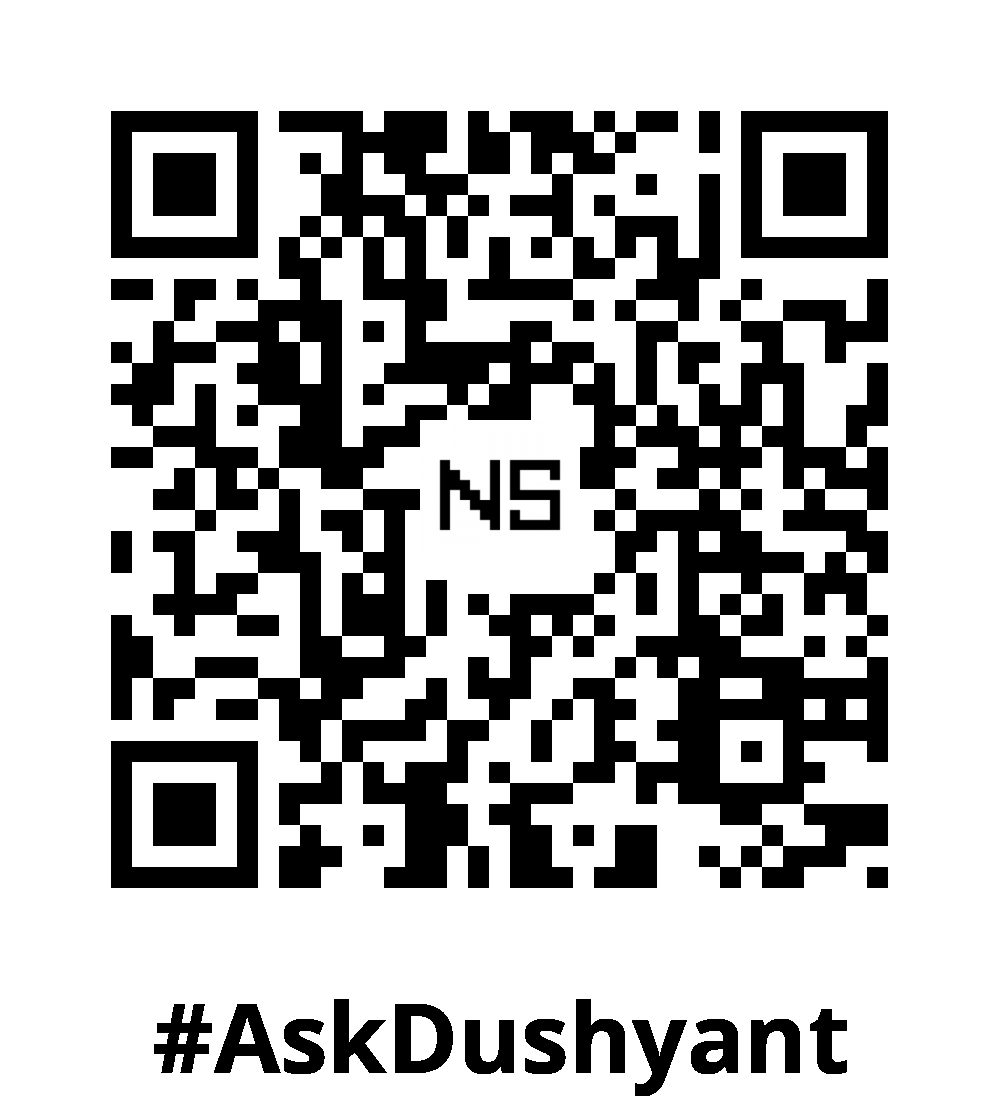In the early years of my 18+ year tech career, manual deployment processes were once the norm. Developers and operations teams would painstakingly build, test, and deploy applications by hand, a process fraught with potential for error and delays. It was common practise for a single deployment to take hours, if not days, with every step dependent on human intervention. The inherent inefficiencies of this approach made us to look for a more streamlined, reliable. That’s how we enter into Continuous Integration and Continuous Delivery (CI/CD) pipelines—a revolution in how software is built, tested, and deployed.
CI/CD pipelines automate the software development lifecycle, enabling teams to continuously integrate changes into the codebase, run automated tests, and deploy updates with minimal manual intervention. The benefits are clear: faster release cycles, improved software quality, and reduced risk of deployment failures. Yet, for many teams, particularly those with limited budgets, the question remains: how do we implement CI/CD without breaking the bank? Fortunately, the answer lies in the wealth of free tools available today, which can empower even the smallest teams to adopt CI/CD practices, this tech concept is about that.
The Benefits of CI/CD Automation
The transition from manual deployment to automated CI/CD pipelines offers a myriad of benefits that extend far beyond just time savings. One of the most significant advantages is the dramatic reduction in human error. Manual deployment processes are inherently error-prone—mistakes can lead to bugs, security vulnerabilities, or even catastrophic system failures. By automating these processes, teams can ensure that each step is executed consistently and accurately, resulting in more reliable software releases.
Another critical advantage of CI/CD pipelines is scalability. As projects grow in complexity and teams expand, manual deployment processes can quickly become bottlenecks, slowing down development and frustrating developers. CI/CD pipelines, however, can handle multiple builds, tests, and deployments in parallel, enabling teams to work on several features or fixes simultaneously. This scalability is crucial for organizations that need to maintain a competitive edge in fast-paced markets, where speed and agility are key.
Practical Use Cases for Free CI/CD Tools
Free CI/CD tools are versatile and can be applied in a variety of scenarios, depending on the needs of the organization. For startups or individual developers, platforms like GitHub Actions and GitLab CI provide simple, integrated CI/CD solutions that require minimal setup. These tools offer built-in support for version control, testing, and deployment, making them ideal for small projects or teams with limited resources.
Larger organizations or more complex projects may benefit from a more customized CI/CD pipeline. For example, Jenkins—a highly customizable CI/CD server—can be integrated with Docker to build and test applications in isolated environments. This setup ensures that applications are consistently tested in environments that closely mimic production, reducing the likelihood of unexpected issues. Kubernetes can then be used to manage the deployment of these containerized applications, providing features like load balancing, automatic scaling, and rollback capabilities. This combination of tools is particularly suited for organizations that require greater flexibility and control over their deployment processes.
Implementing CI/CD with Free Tools: A Step-by-Step Guide
Implementing a CI/CD pipeline using free tools involves several key steps. The first step is setting up a version control system, such as Git, to manage the source code. Version control is crucial for enabling collaboration among developers and tracking changes to the codebase over time. Once version control is in place, the next step is configuring a CI tool like Jenkins or GitHub Actions to automatically build and test the code whenever changes are pushed to the repository. This ensures that the code is always in a deployable state, reducing the risk of integration issues.
With the CI process established, the next focus is on Continuous Delivery (CD). This involves configuring the CI tool to deploy the application to a staging environment following a successful build. Docker can be employed to create containerized environments that replicate the production setup, ensuring that the application behaves consistently across different environments. Finally, Kubernetes can be used to orchestrate the deployment of the application to production, providing robust management of resources and ensuring high availability.
The Future of CI/CD with Free Tools
As the software development landscape continues to evolve, the importance of CI/CD pipelines will only grow. Free tools have already democratized access to CI/CD practices, making it easier than ever for organizations of all sizes to implement these pipelines. Looking ahead, we can expect to see even more advanced features being added to free CI/CD tools, further lowering the barrier to entry for automation. Innovations such as AI-driven testing, predictive analytics, and real-time monitoring will likely become standard features, empowering teams to deliver high-quality software faster and more efficiently.
My Tech Advice: I always recommend transitioning from manual deployment to automated CI/CD processes is highly beneficial, thanks to the wide range of free tools available. By embracing these tools, organizations can achieve greater efficiency, scalability, and reliability in their software development efforts, ultimately leading to better products and happier customers. The future of software development lies in automation, and with the right tools, any team can embark on this journey and reap the rewards of a modern CI/CD pipeline.
#AskDushyant
#CICD #DevOps #Development #Software #Code #VersionControl #TechAdvice


Leave a Reply